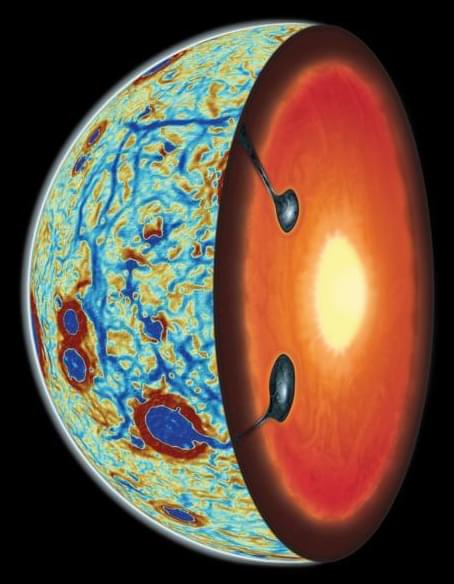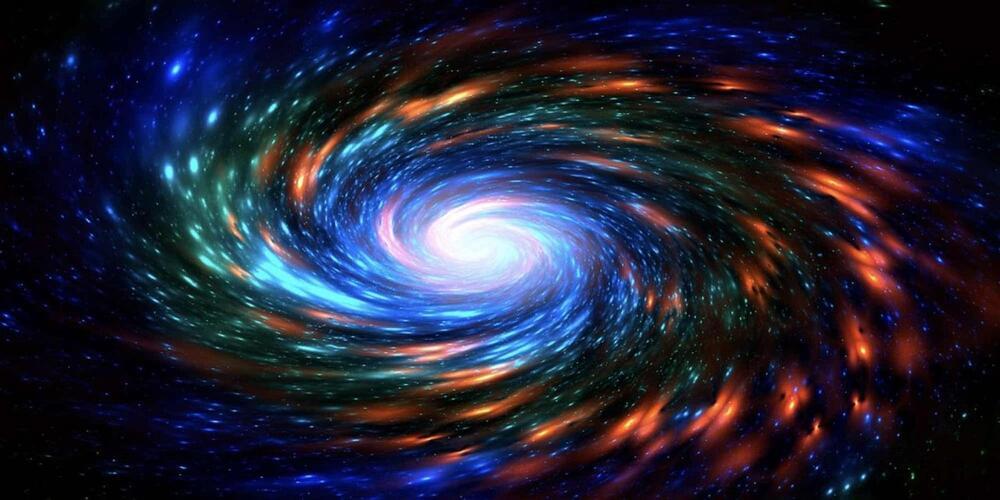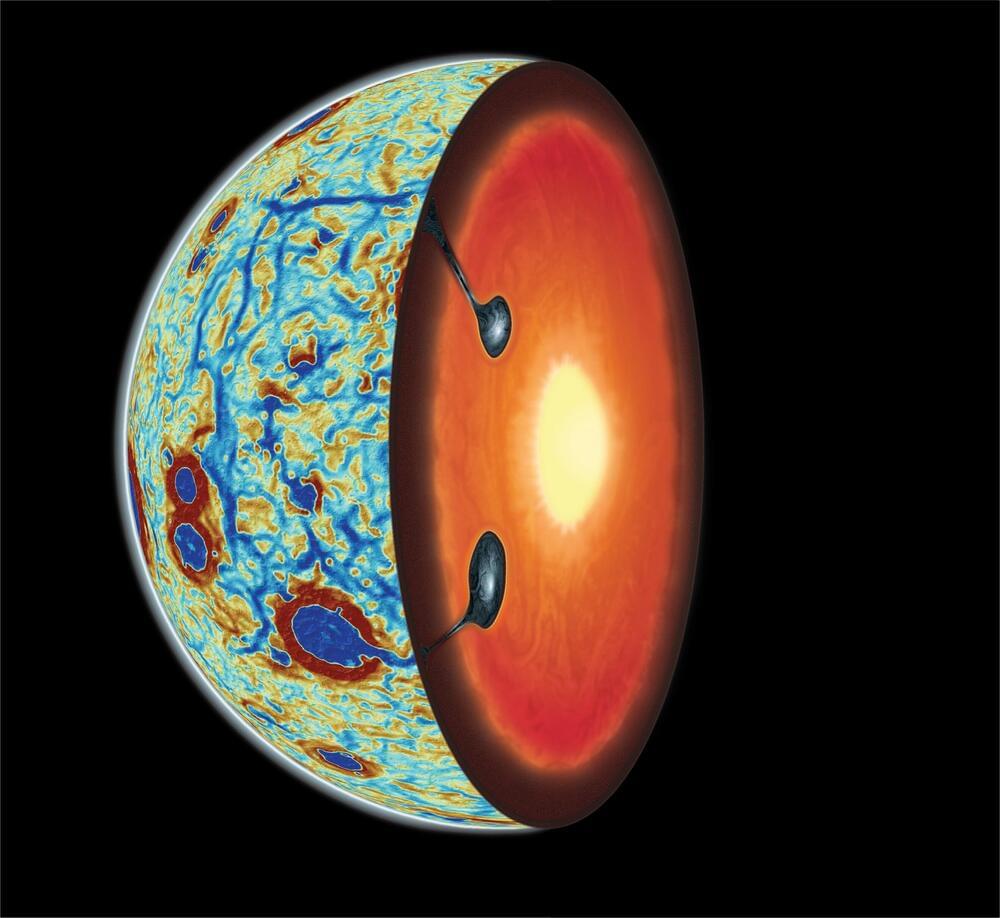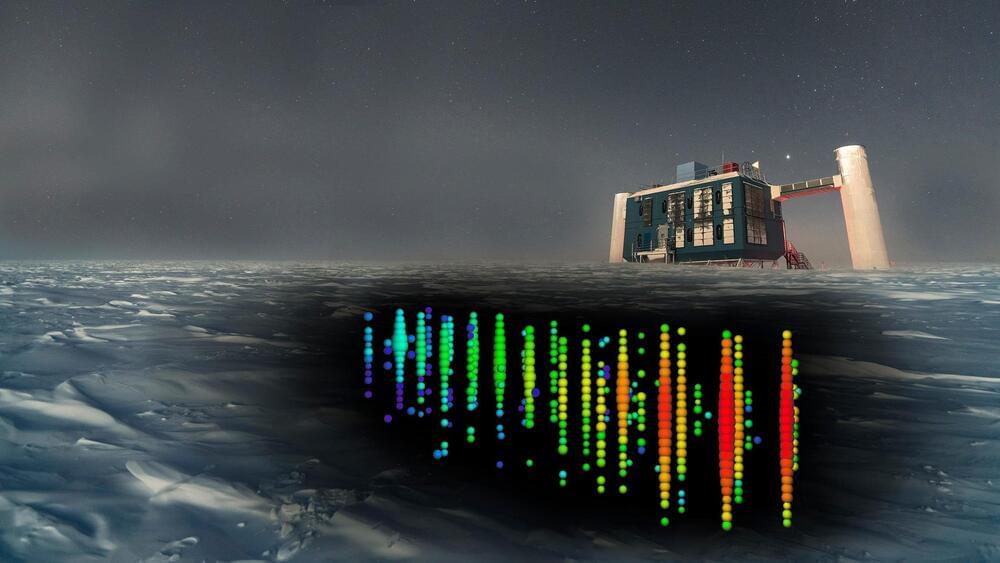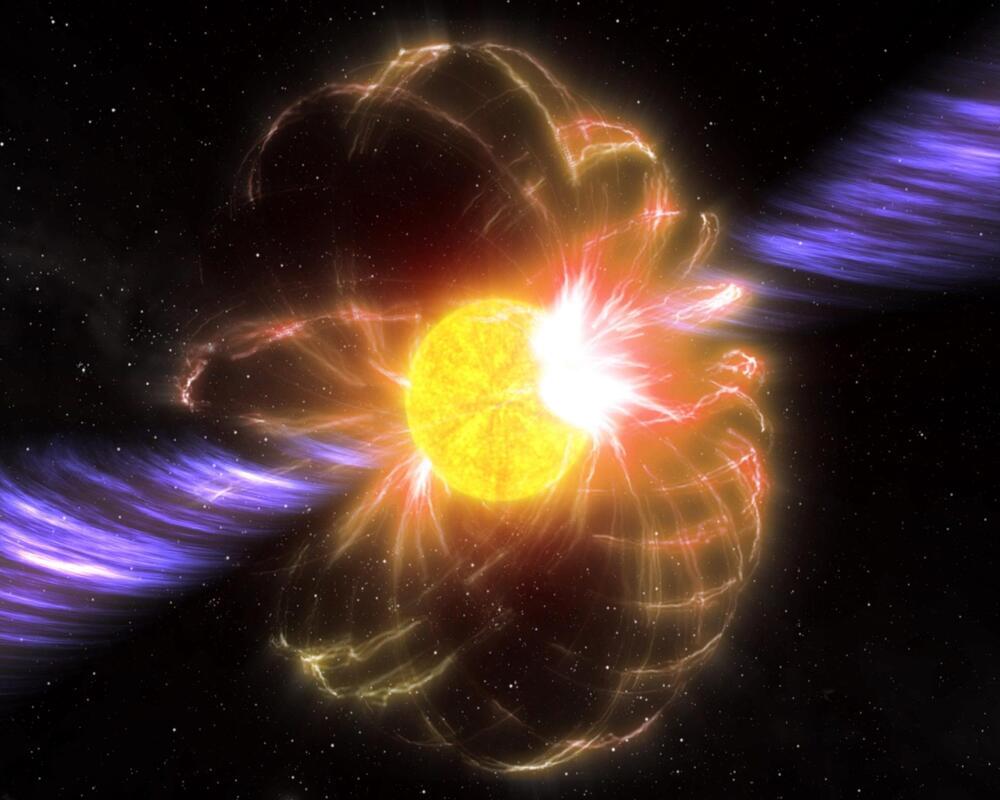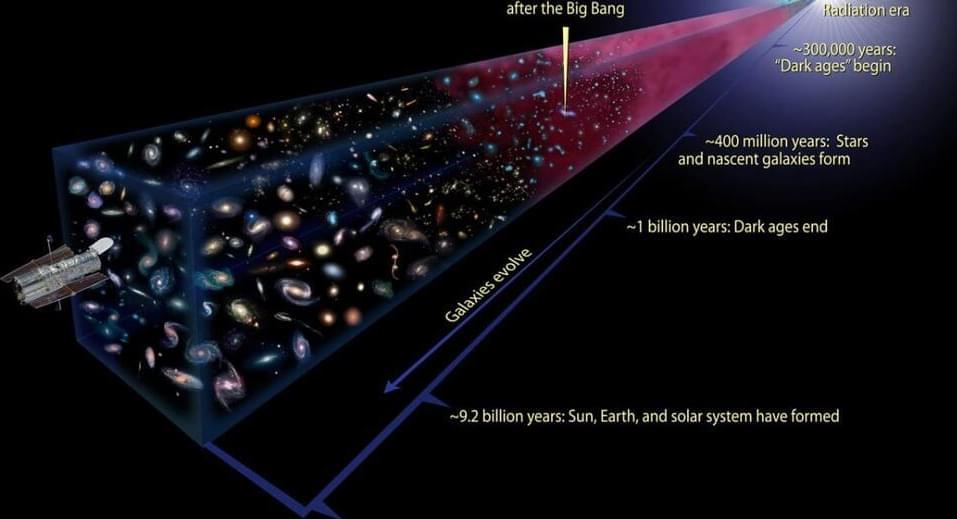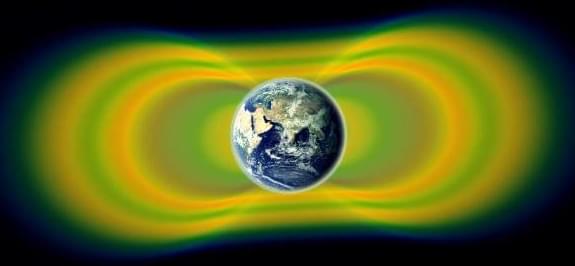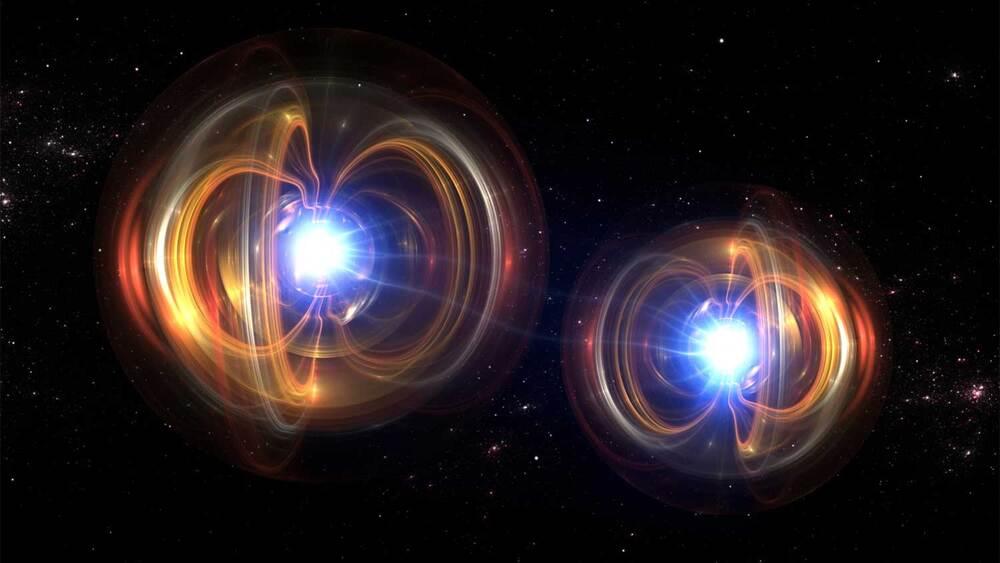Apr 9, 2024
The Moon’s Origin Story: A Tale of Collision and Reconstruction
Posted by Laurence Tognetti, Labroots Inc. in categories: computing, space
“For the first time we have physical evidence showing us what was happening in the moon’s interior during this critical stage in its evolution, and that’s really exciting,” said Dr. Jeff Andrews-Hanna.
Our Moon has long been hypothesized to have formed from a planet-sized object colliding with the Earth. But, what happened after and how can its unique geologic exterior and interior be explained? This is what a recent study published in Nature Geoscience hopes to address as an international team of researchers led by the Lunar and Planetary Laboratory (LPL) at the University of Arizona used a combination of spacecraft data and computer models to investigate the geologic processes that led to heavier elements being present on the nearside of the Moon, which is constantly facing Earth due to being tidally locked with our planet. This study holds the potential to help researchers better understand the geologic mechanisms behind planetary formation and could lead to gaining greater insight into how rocky planets like Earth and Mars formed.
For the study, the researchers used data from NASA’s GRAIL mission, which was used to map gravitational anomalies on the Moon, and computer models to determine the distribution of ilmenite, a combination of titanium and iron, across the Moon’s nearside and how much sunk into the Moon’s interior during the Moon’s formation and evolution. It has been previously hypothesized that while ilmenite sunk to the Moon’s interior early on, portions of it returned to the surface from volcanism, and the mechanisms behind these events have led scientists puzzled.
Continue reading “The Moon’s Origin Story: A Tale of Collision and Reconstruction” »
